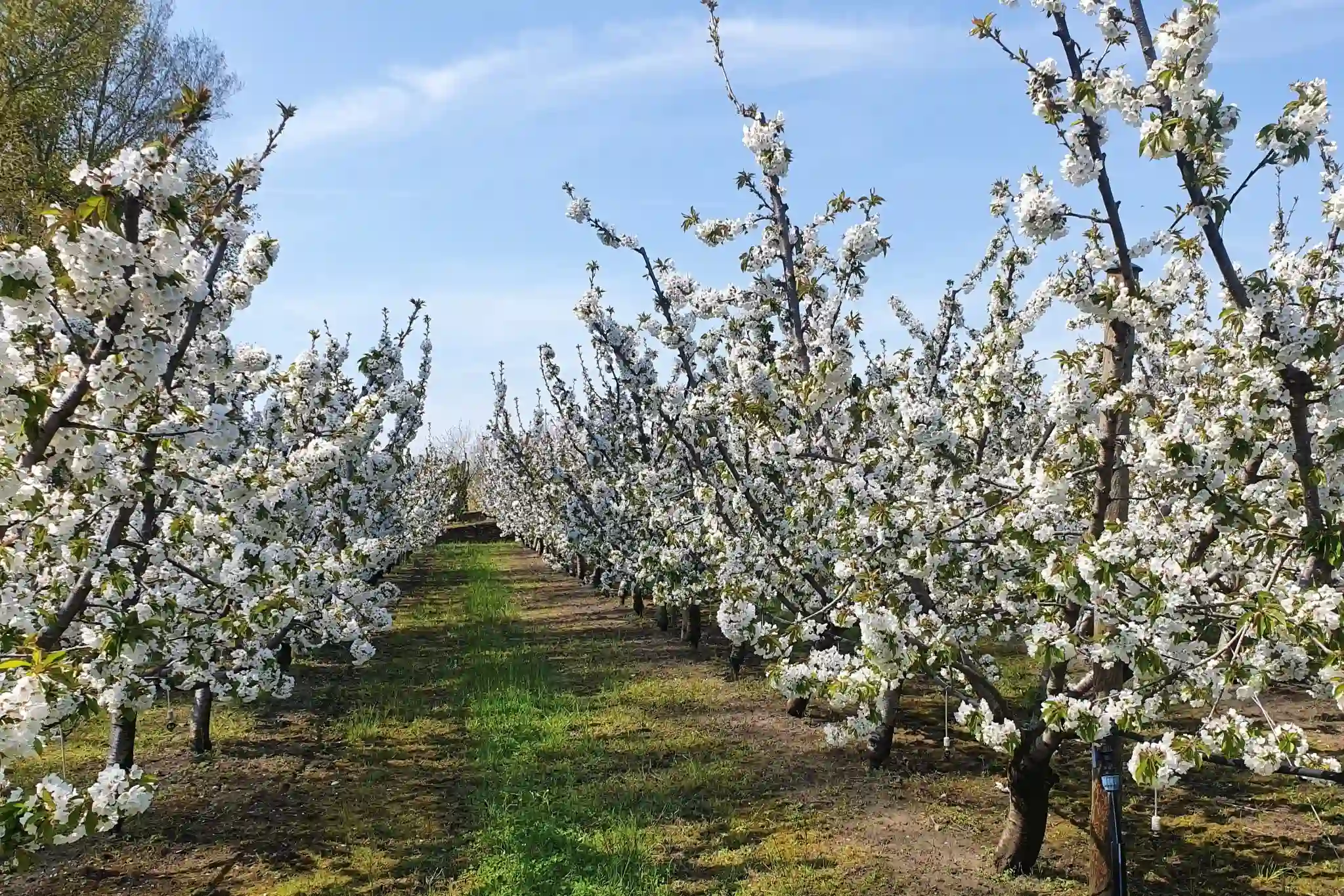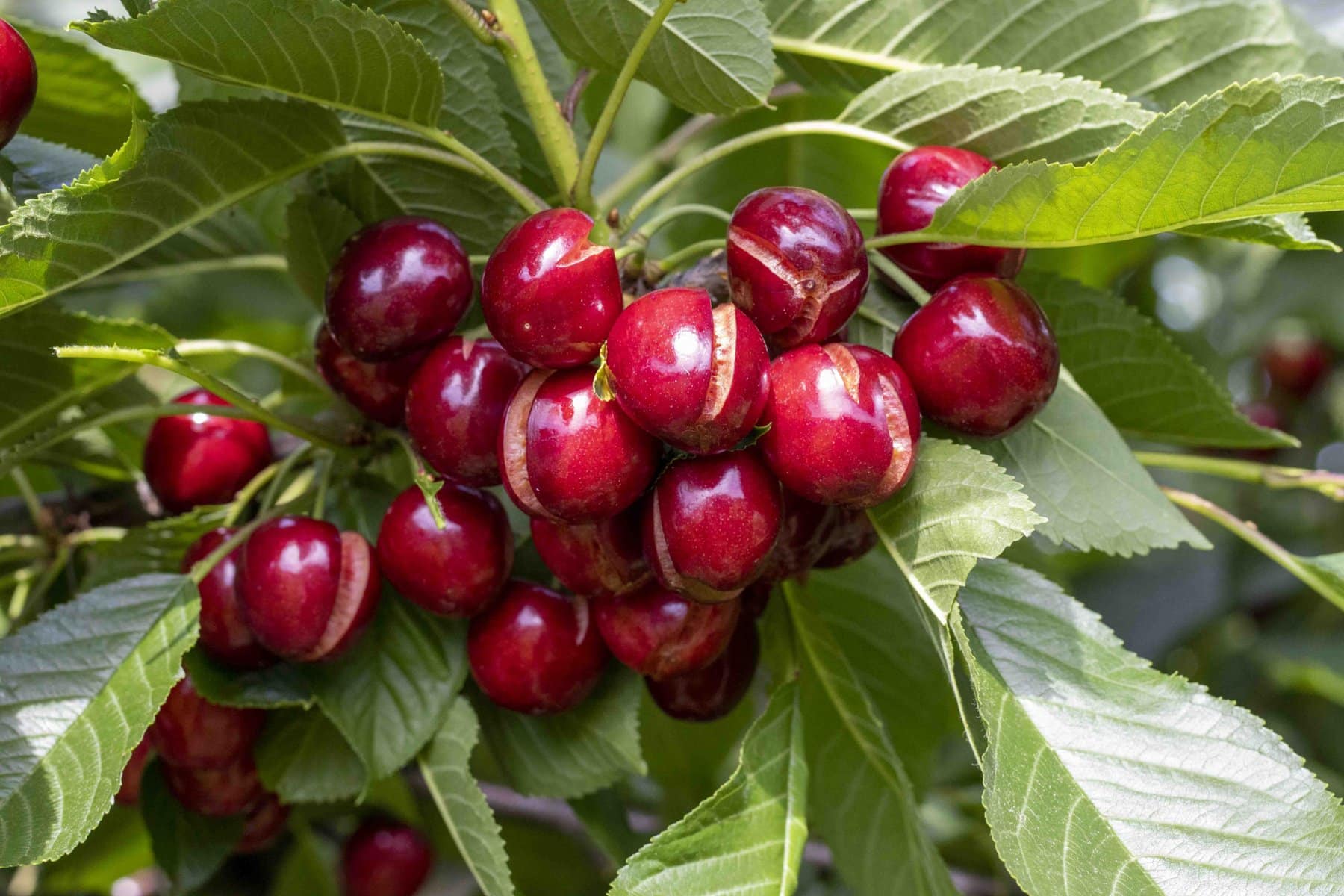The historic New Zealand company specializing in apples and pears is entering the cherry market, aiming to supply Asia year-round thanks to the counter-seasonality of harvests.
A new chapter begins for Kiwi Crunch. The New Zealand group known for the production and marketing of apples and pears has expanded its scope with the purchase of 132 hectares of cherry orchards in the Central Otago region.
The deal, finalized in October 2024, involved the transfer of operations from Cherri Global, one of New Zealand's largest cherry producers, which has since gone into liquidation.
“The opportunity to enter the cherry sector came at the right time,” says Wade Glass, executive director of Kiwi Crunch. “We already had a loyal customer base and a strong brand identity, and the seasonal alternation between apples, pears, and cherries now allows us to serve the markets 12 months a year.”
A strategic integration at the core
Kiwi Crunch produces around 2 million cartons of apples and pears annually, with 1.2 million from Hawke’s Bay and the rest from Central Otago.
The acquisition of the cherry orchards, located less than 15 minutes from the existing pome fruit orchards, allows the company to optimize labor and resources.
“During the cherry harvest in January,” Glass explains, “we were able to deploy part of the apple team to ensure the cherries were picked at the right maturity stage. And we’ll do the same in reverse. It’s a significant competitive advantage.”
Growth forecasts and in-house management
During the 2025/26 season, Kiwi Crunch expects to harvest over 800 tonnes of cherries, including varieties such as Kordia, Staccato, Regina, Sweetheart, Lapins, and Rainier.
James Bennett, sales director for Asia, notes that these figures are set to grow rapidly as the orchards mature.
“We’ll double our current volumes within two years,” says Bennett. “The past season was handled by third-party exporters, but from next season we will directly manage sales and logistics.”
The goal is clear: to offer customers an integrated solution with cherries and pome fruit in a single commercial package. “We will become the go-to source for New Zealand cherries,” Bennett states.
Focus on Asia, with eyes beyond
Currently, the main markets are Taiwan, China, and Vietnam, but Kiwi Crunch plans to expand to Hong Kong, Japan, South Korea, Thailand, Malaysia, and Singapore as available volumes increase.
With a diversified offering and an in-house logistics strategy, Kiwi Crunch aims to become a key player in the global cherry market, with an integrated and long-term approach.
Source: fruitnet.com
Cherry Times – All rights reserved












